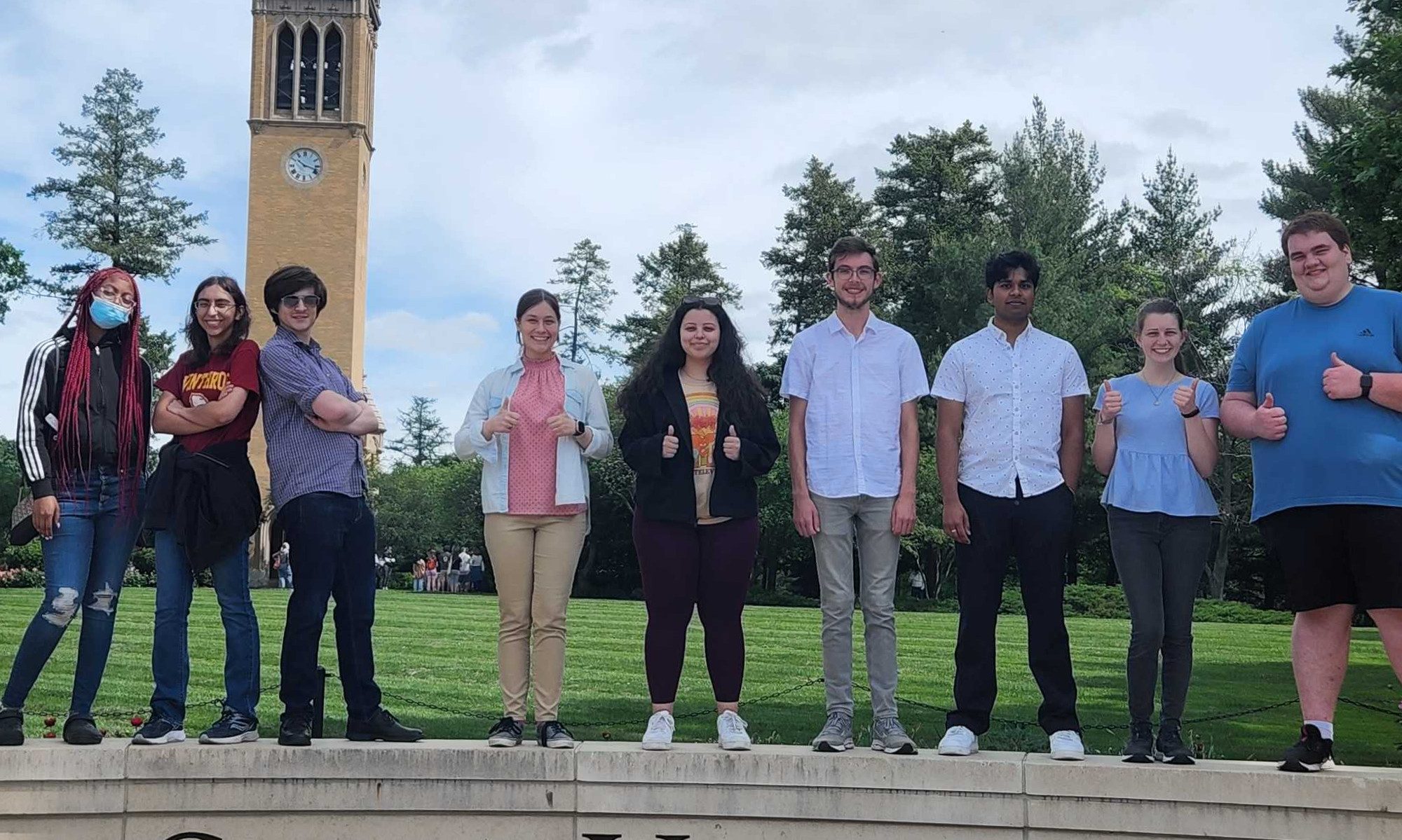Project Title: Physics-based Learning for Multi-agent Intent Prediction
Short Title: Intent Prediction
Faculty Mentor: Cody Fleming (flemingc@iastate.edu), Associate Professor, Mechanical Engineering
Graduate Mentor: Bilal Shahid (belal@iastate.edu)
REU Interns
Alli Brophy
Charles Brailovsky
Meriem Hcini
We are interested in understanding problems that arise at the intersection of design, systems engineering, safety-critical systems, and autonomous systems. Techniques we use to study these systems include modern feedback control, dynamics, and machine learning. For this project, we are focused on safe navigation in so-called “multi-agent systems”. For example, safe navigation of autonomous agents in human centric environments requires the ability to understand and predict motion of neighboring pedestrians. However, predicting pedestrian intent is a complex problem. Pedestrian motion is governed by complex social navigation norms, is dependent on neighbors’ trajectories and is multimodal in nature. In this work, we hope to build models that can jointly predict socially-acceptable multiple future trajectories for all pedestrians in a scene. We desire modeling mechanisms that rely on fewer assumptions, are parameter efficient, and are more interpretable compared to state-of-the-art approaches. In particular, we hope to learn the “physics” of these social interactions, for example the types of “forces” that allow pedestrians to navigate efficiently through crowded and complex spaces like airports, subway terminals, and sporting events. Through experiments on several datasets we hope to demonstrate that our approach can also quantitatively outperform state of the art trajectory prediction methods in terms of accuracy of predicted intent and possibly other metrics.
Students will be responsible for: (1) investigating and understanding existing, state-of-the-art trajectory prediction algorithms; (2) processing, curating, and/or fusing pedestrian (or mixed-modality) motion datasets; (3) writing code within scientific machine learning libraries and frameworks; and (4) conducting computational experiments on a variety of trajectory prediction algorithms.
